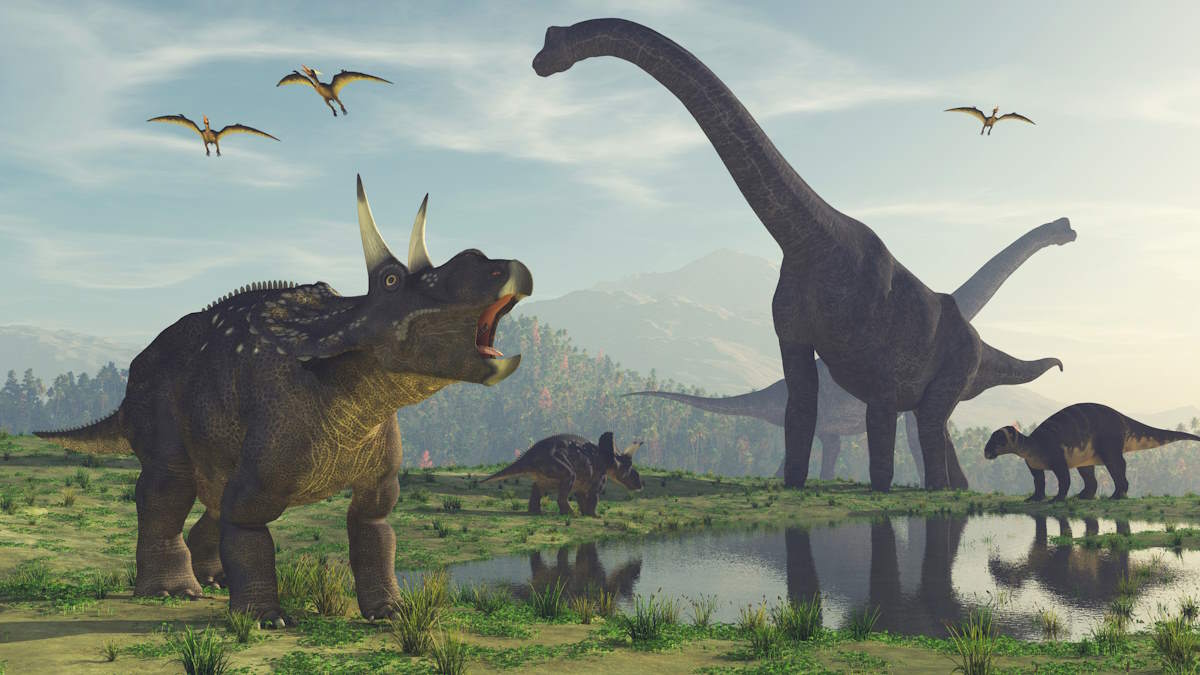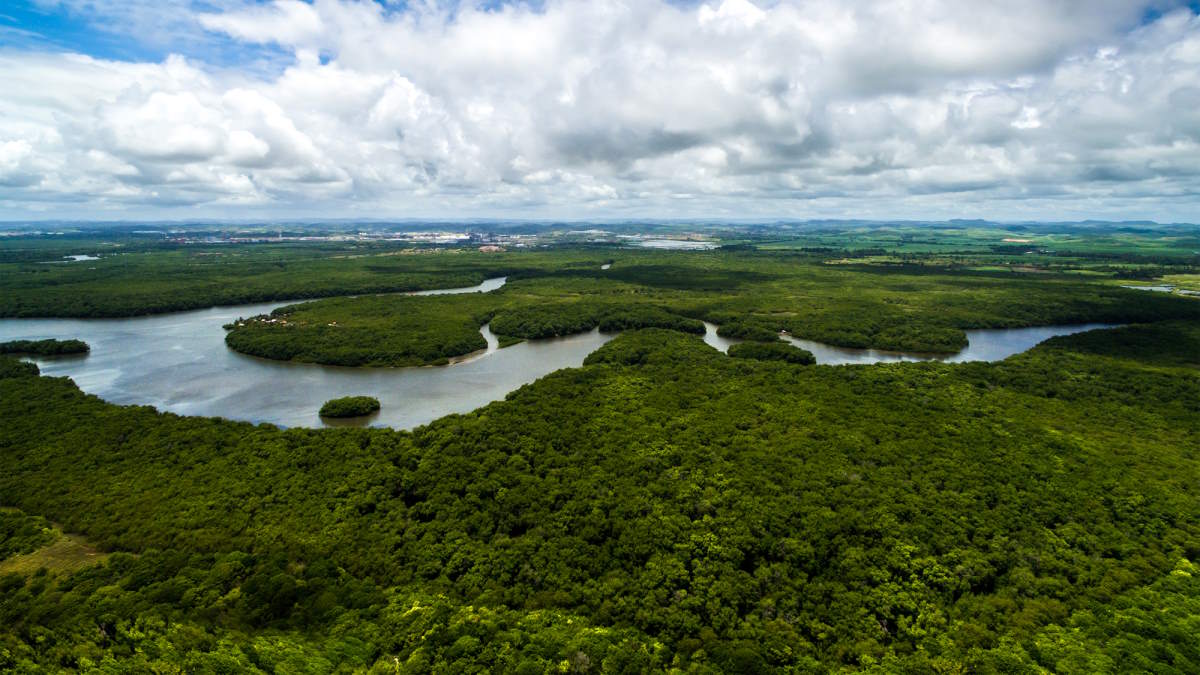The beluga whale, scientifically known as Delphinapterus leucas, is a remarkable marine mammal known for its striking appearance and incredible adaptability. Characterized by its distinct white coloration in adulthood, bulbous forehead, and absence of a dorsal fin, the beluga is uniquely equipped for life in the cold and icy waters of the Arctic and subarctic regions. These beautiful creatures not only captivate onlookers with their grace and social behavior but also play a vital role in their ecosystems. From their complex communication methods to their impressive diving capabilities, beluga whales continue to intrigue scientists and wildlife enthusiasts alike, symbolizing the mystery and splendor of the oceans they inhabit.
From its playful demeanor to its astonishing physiological adaptations, there is much to learn and appreciate about this incredible mammal. Here are 10 amazing beluga whale facts.









